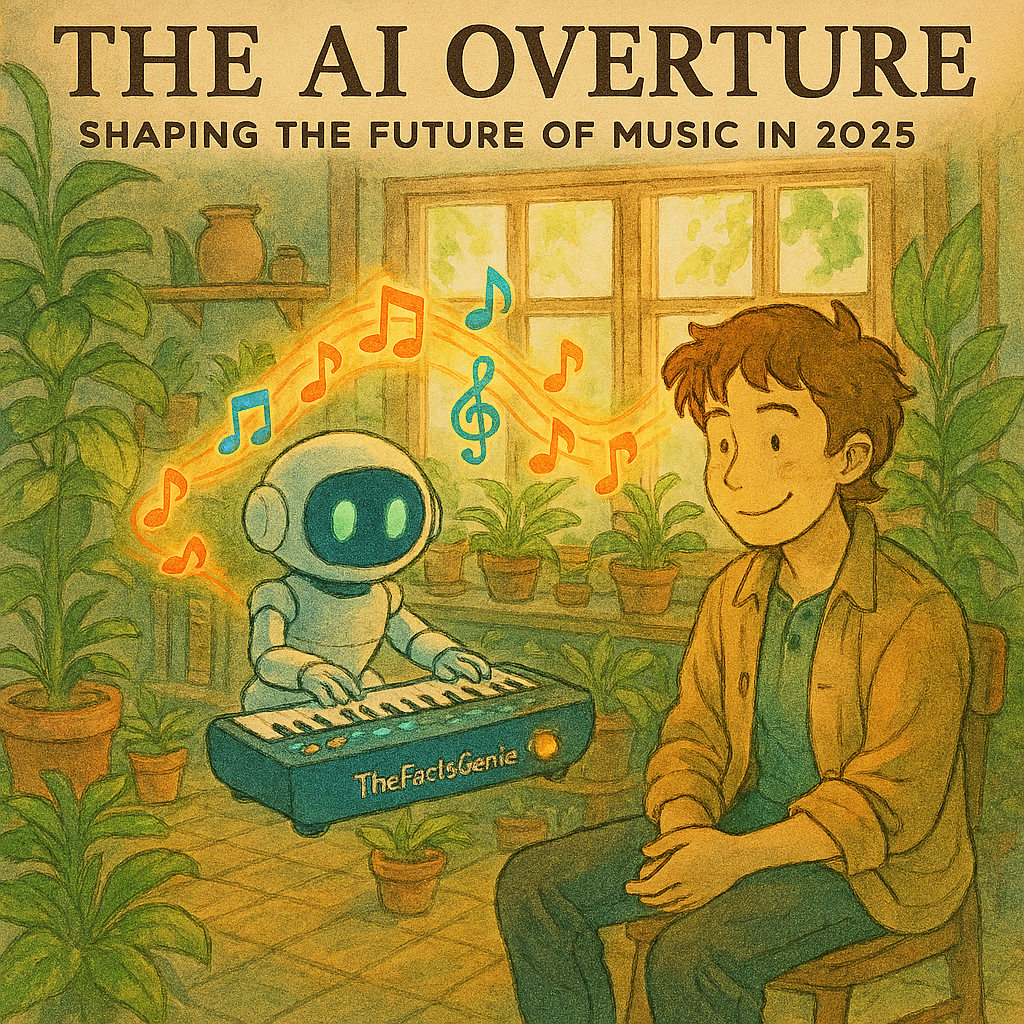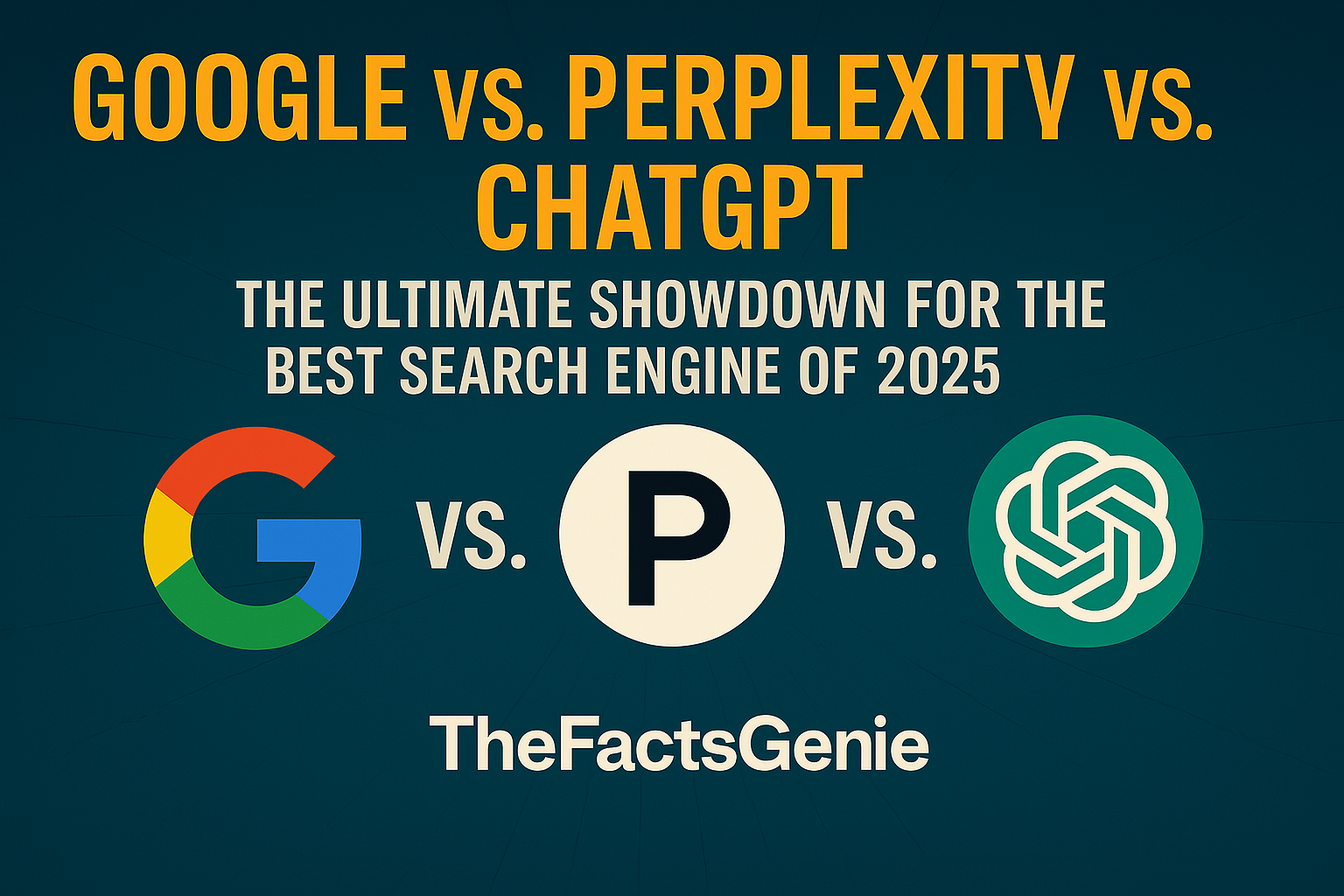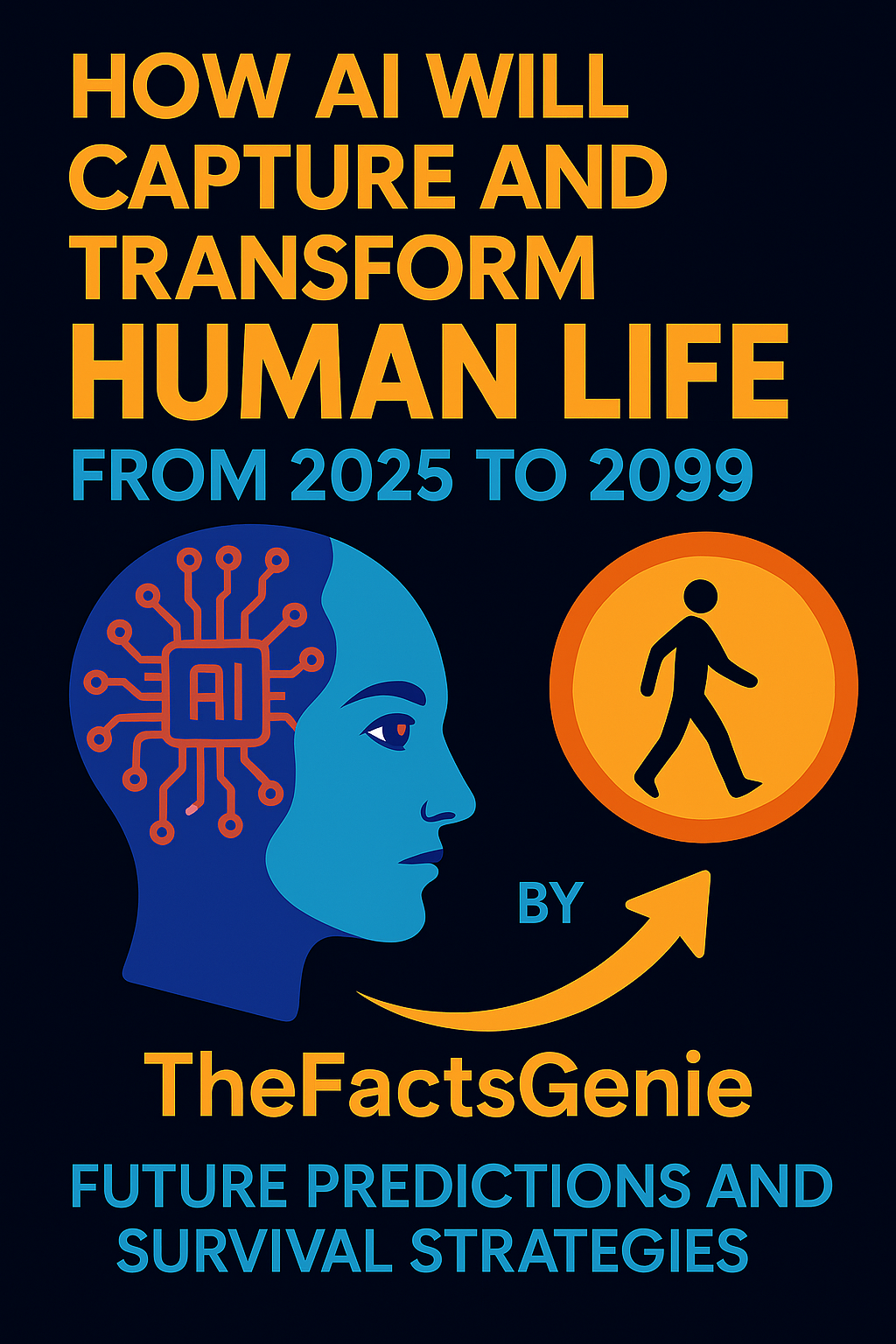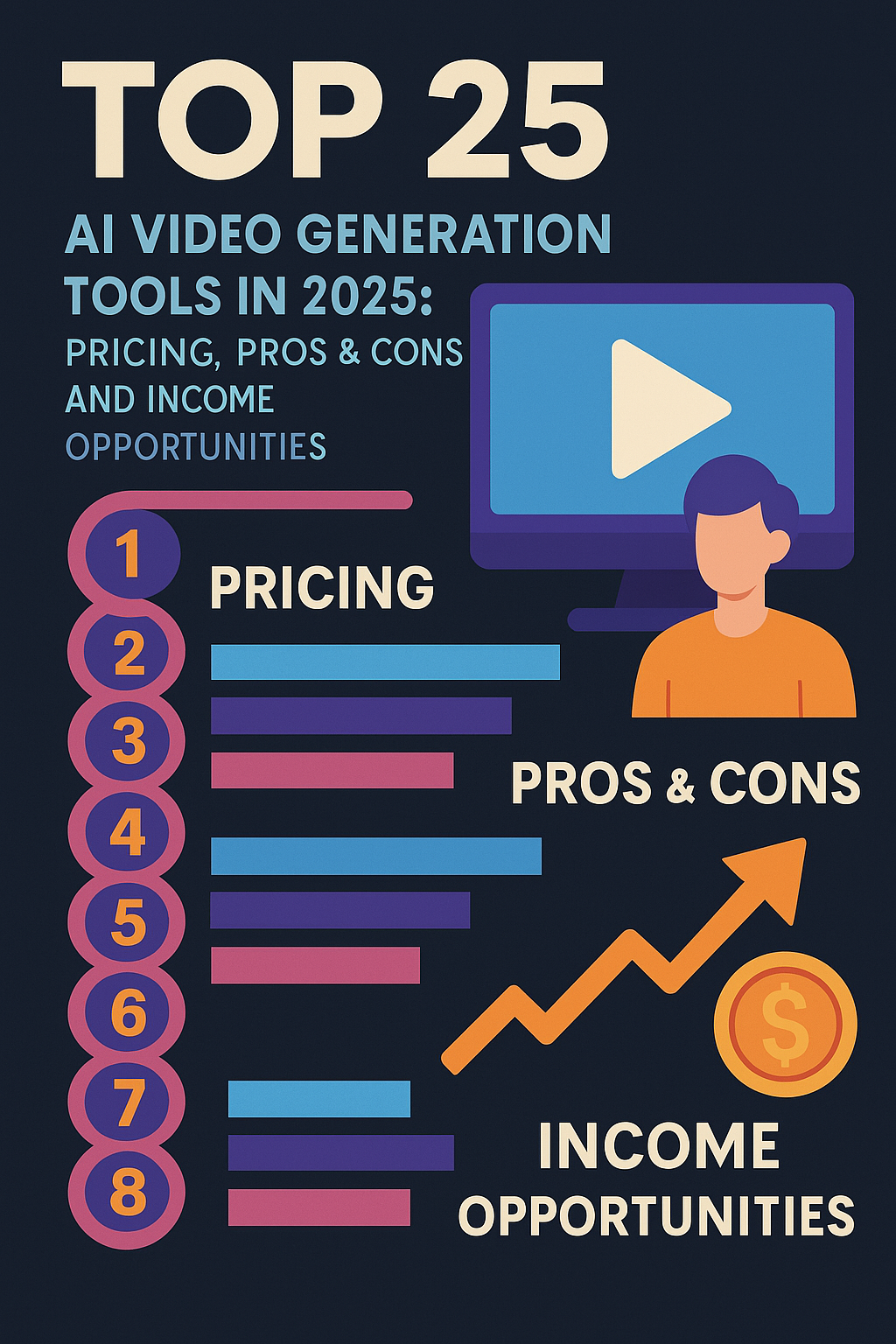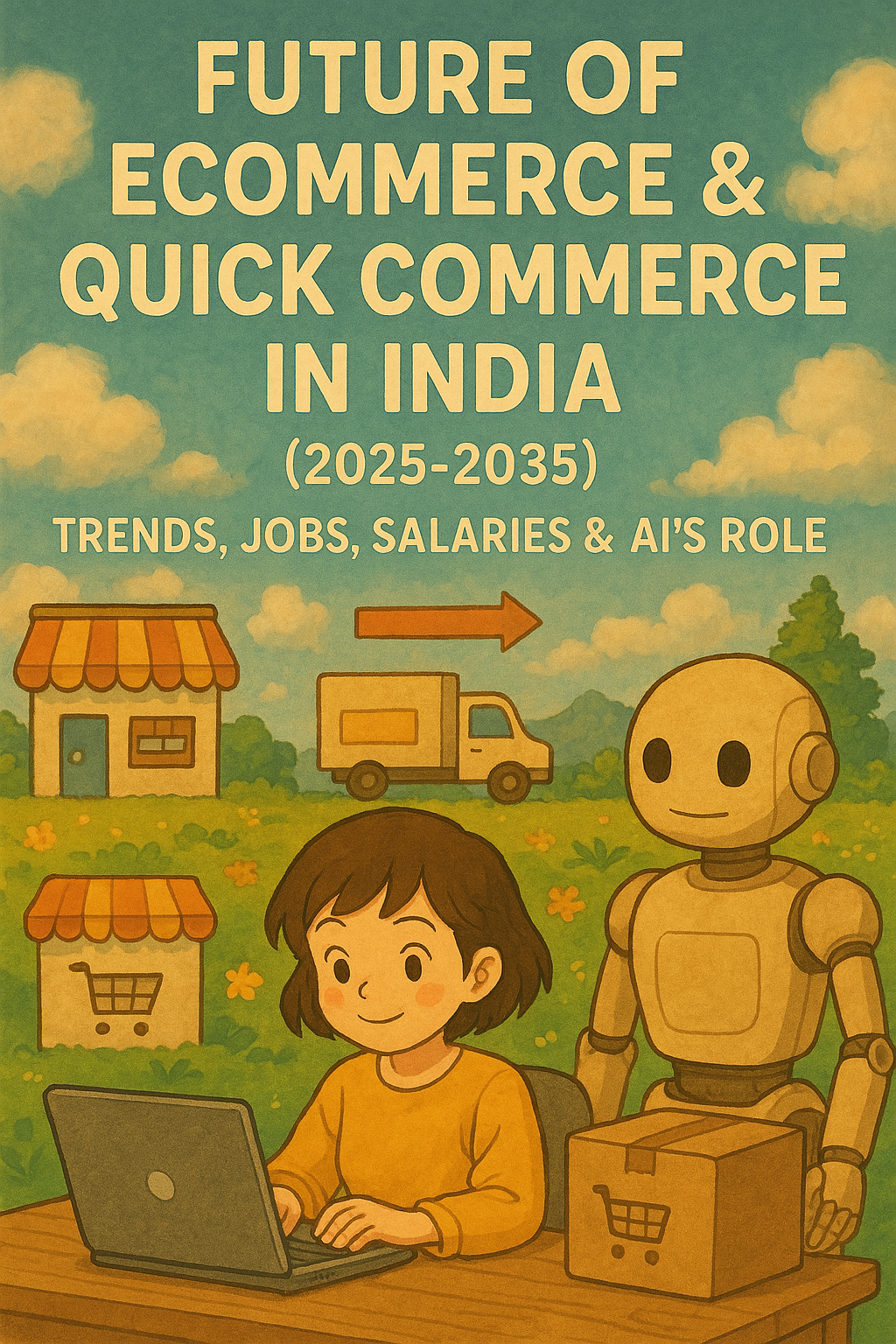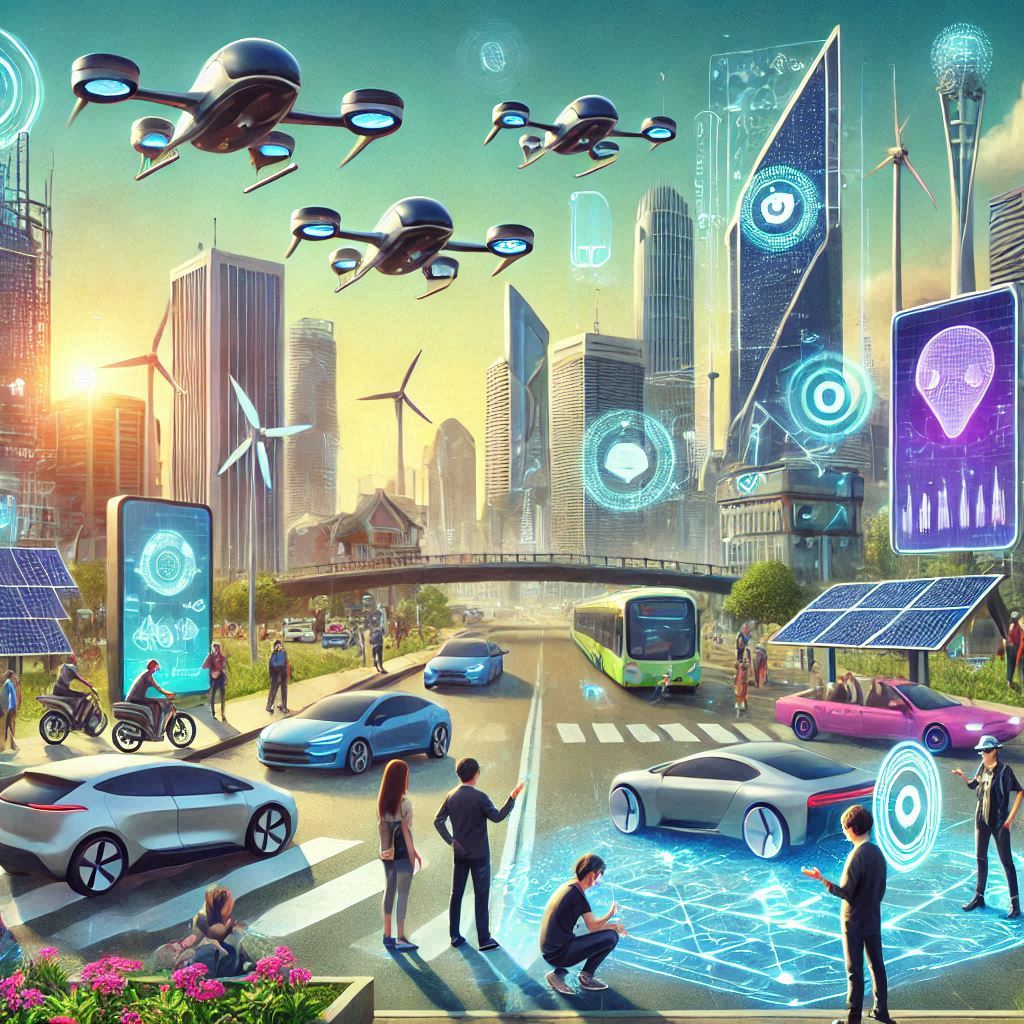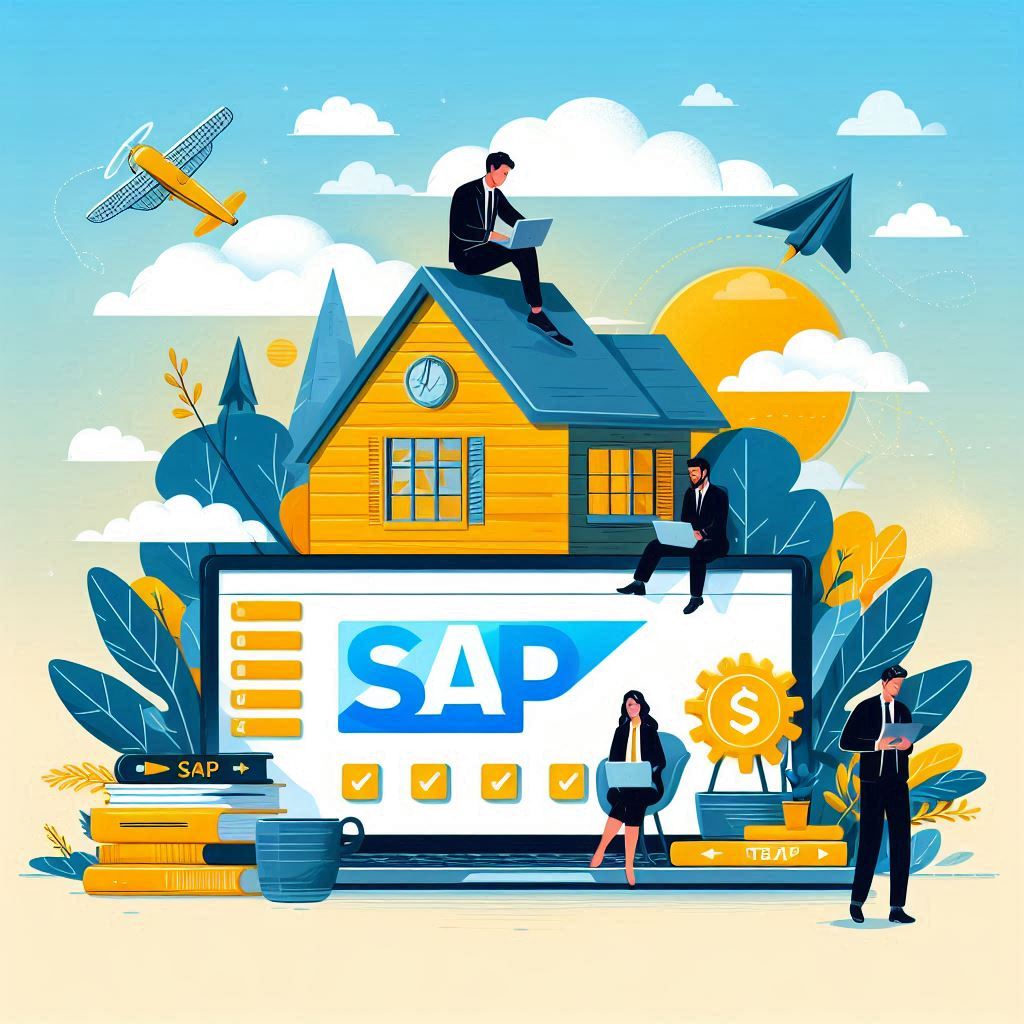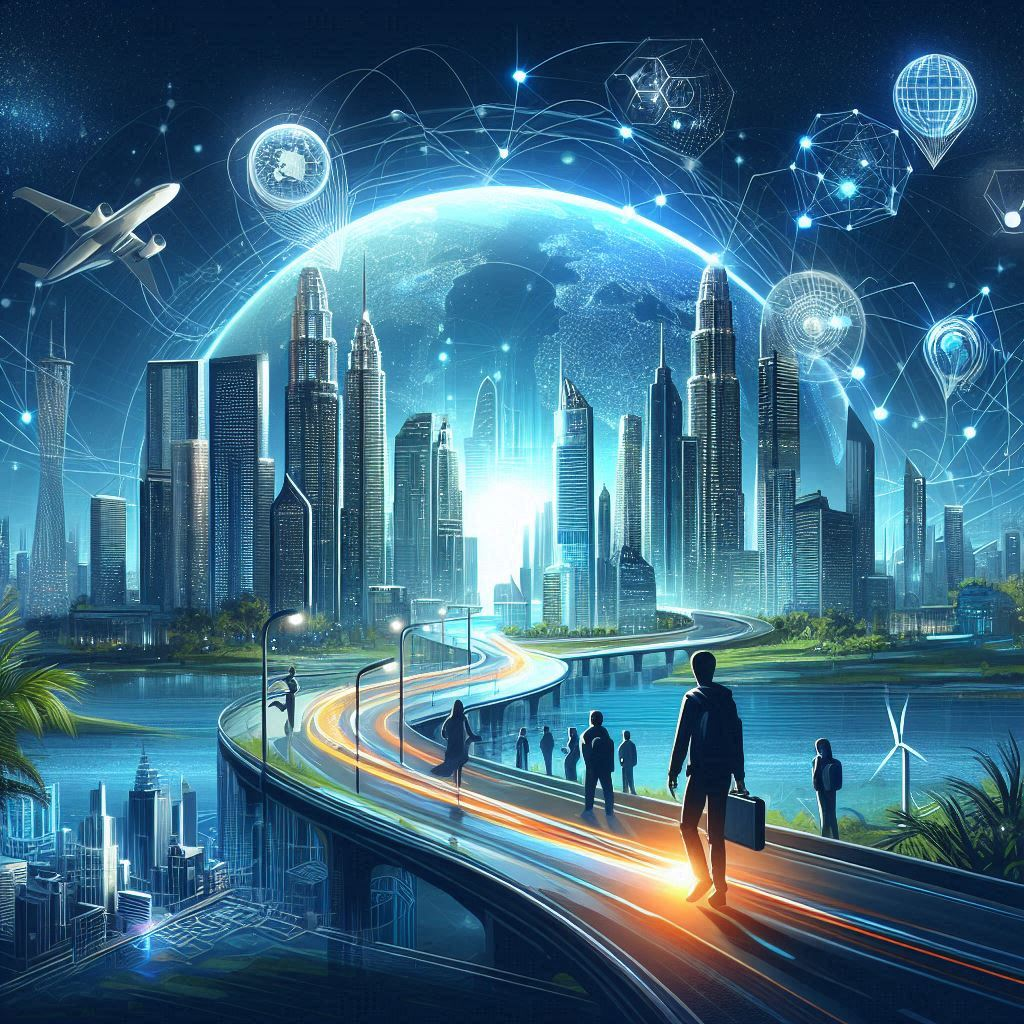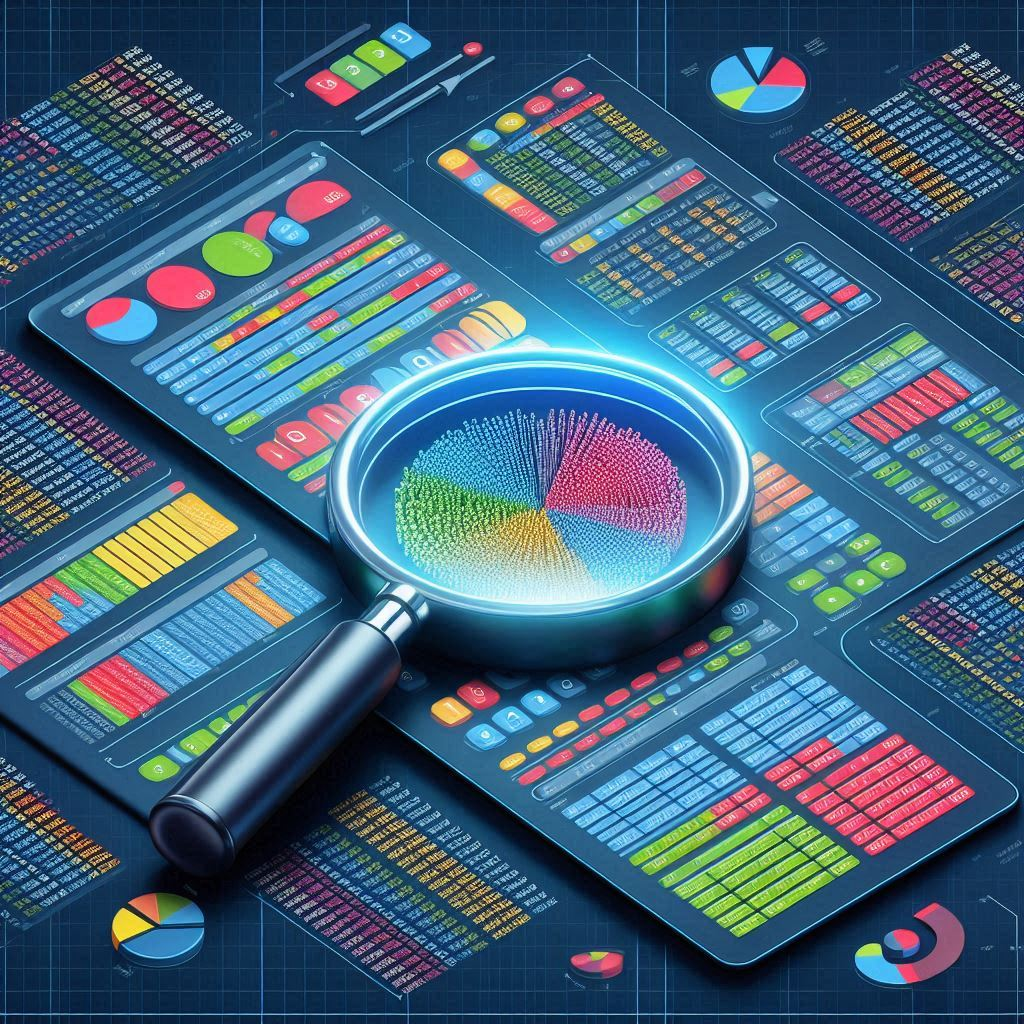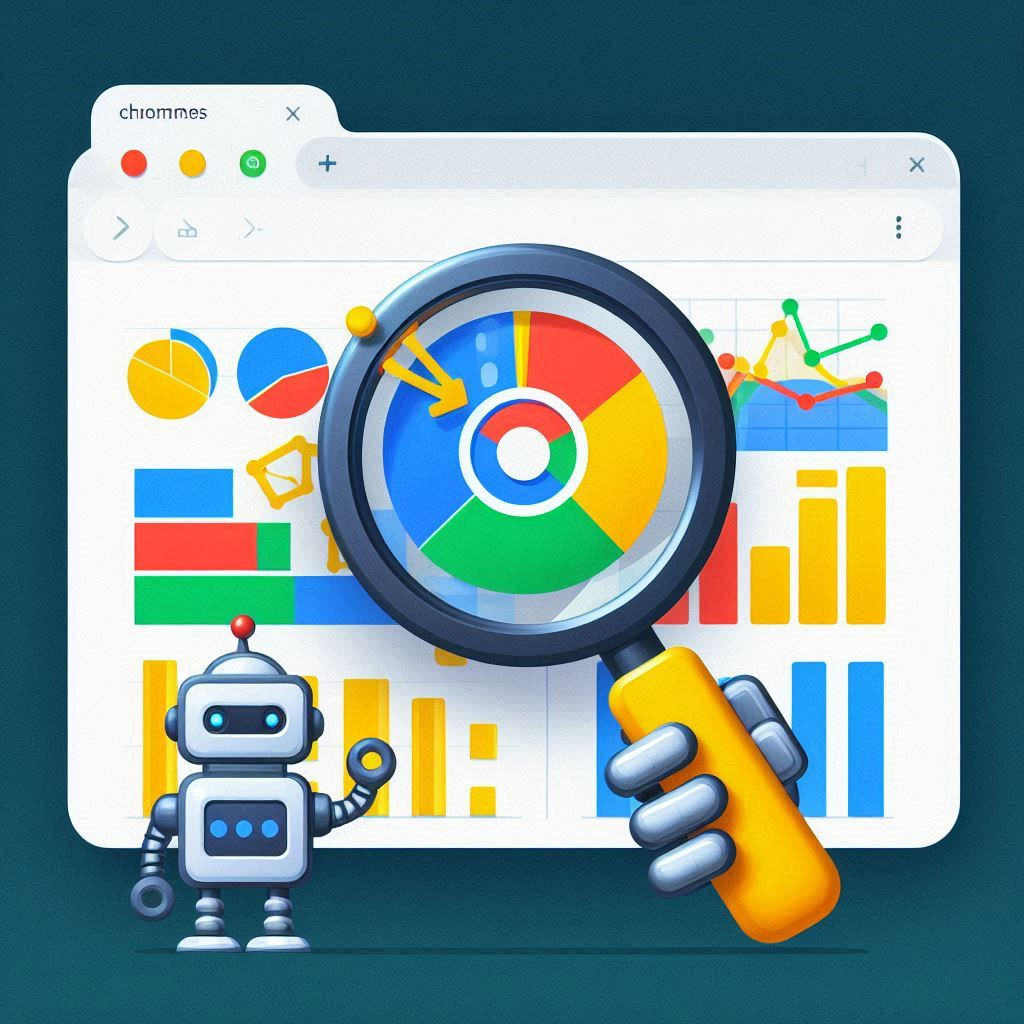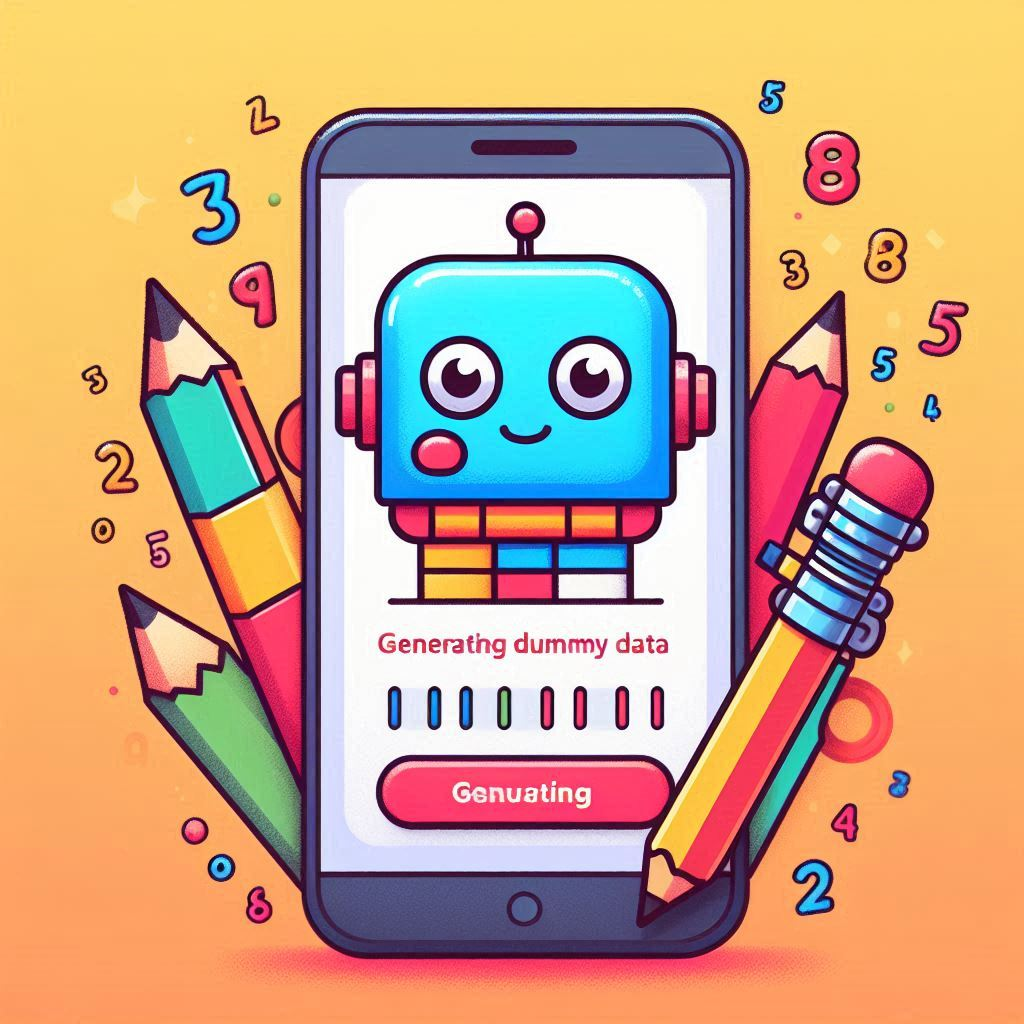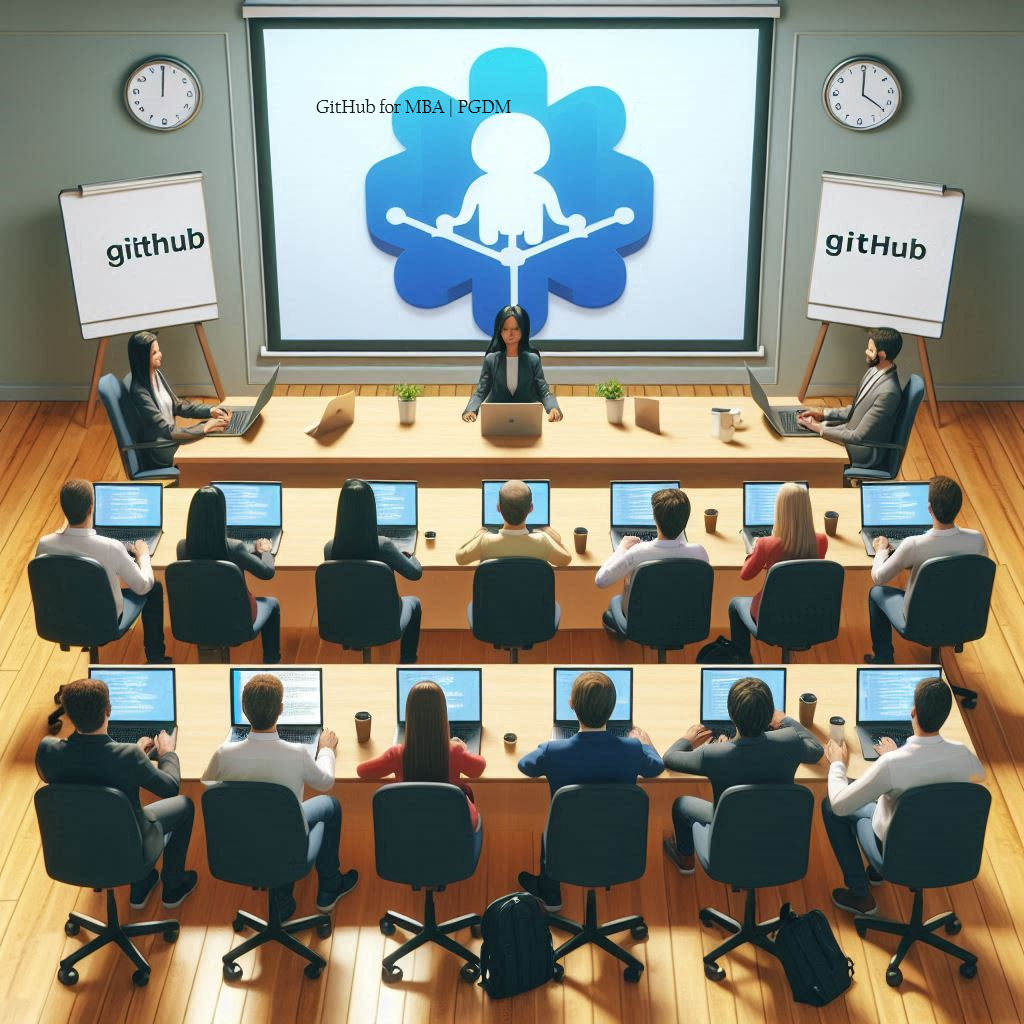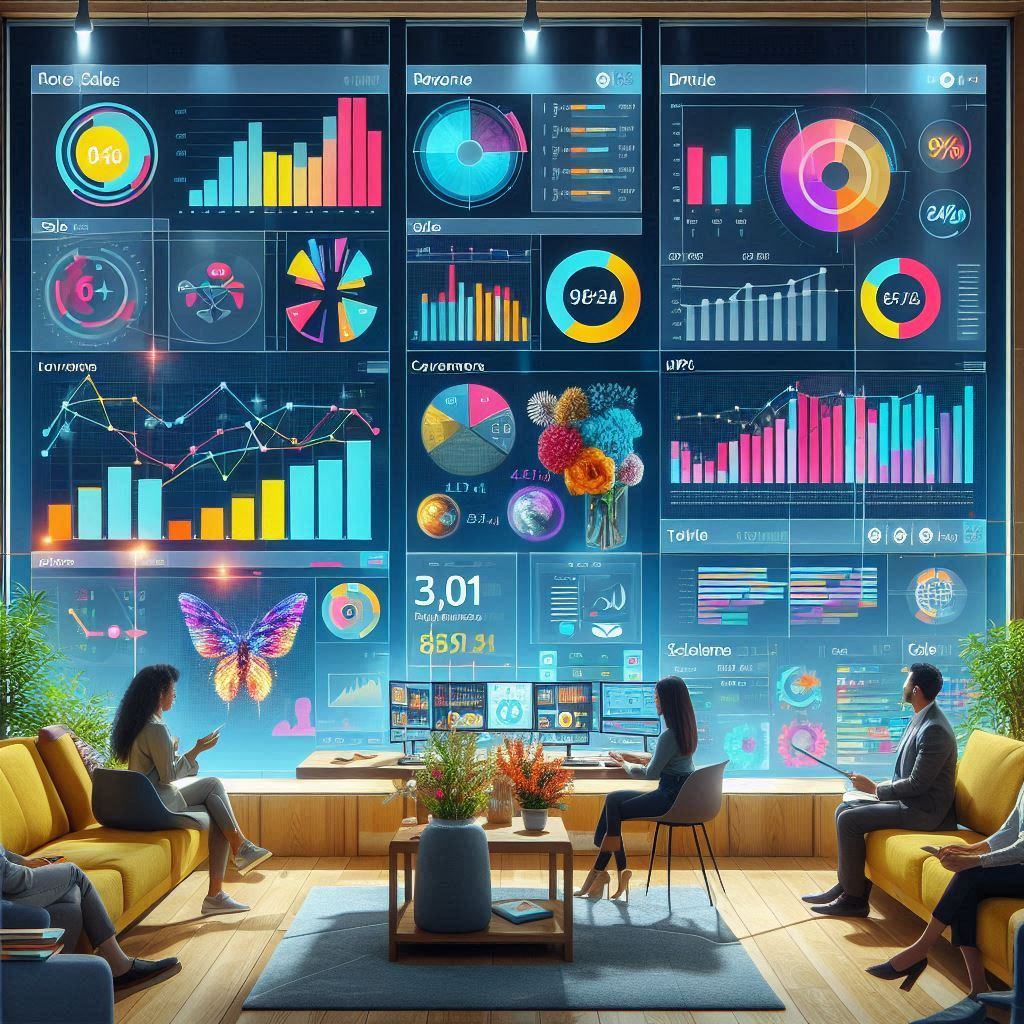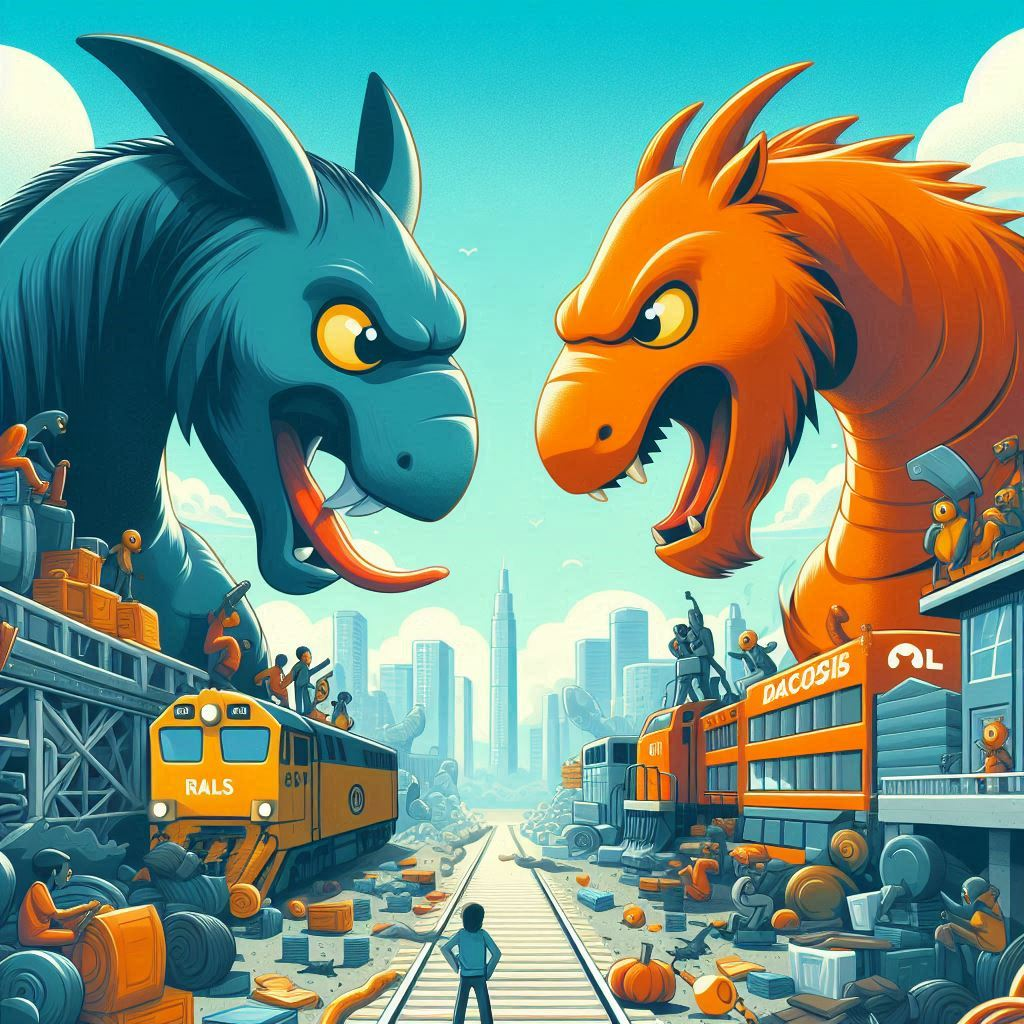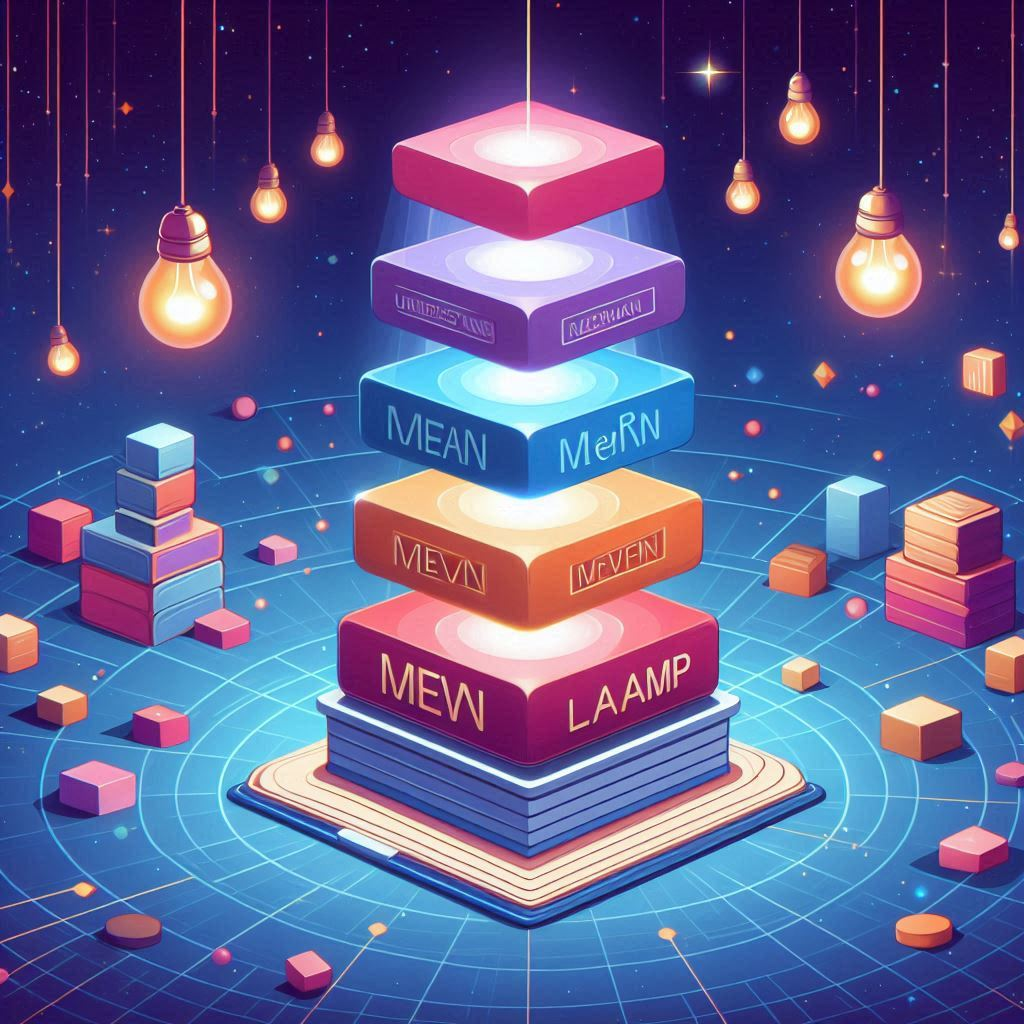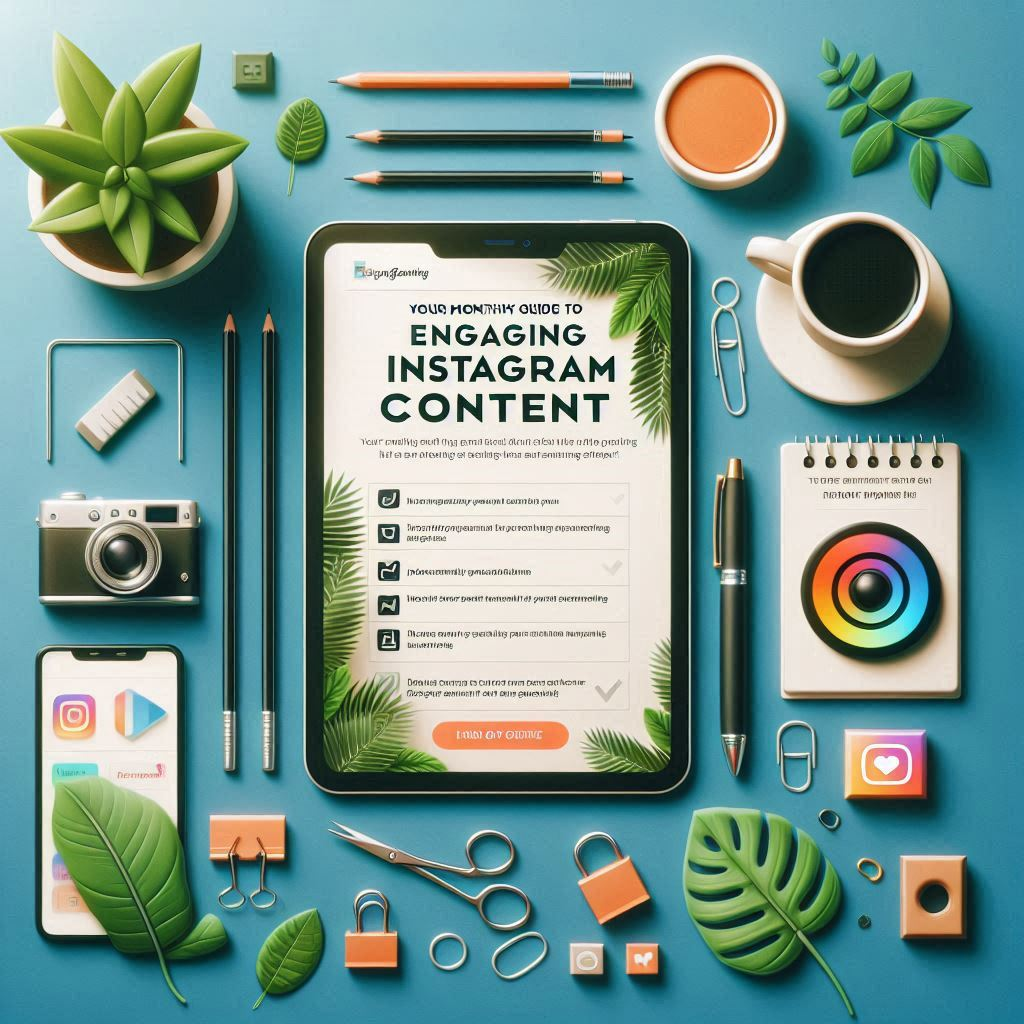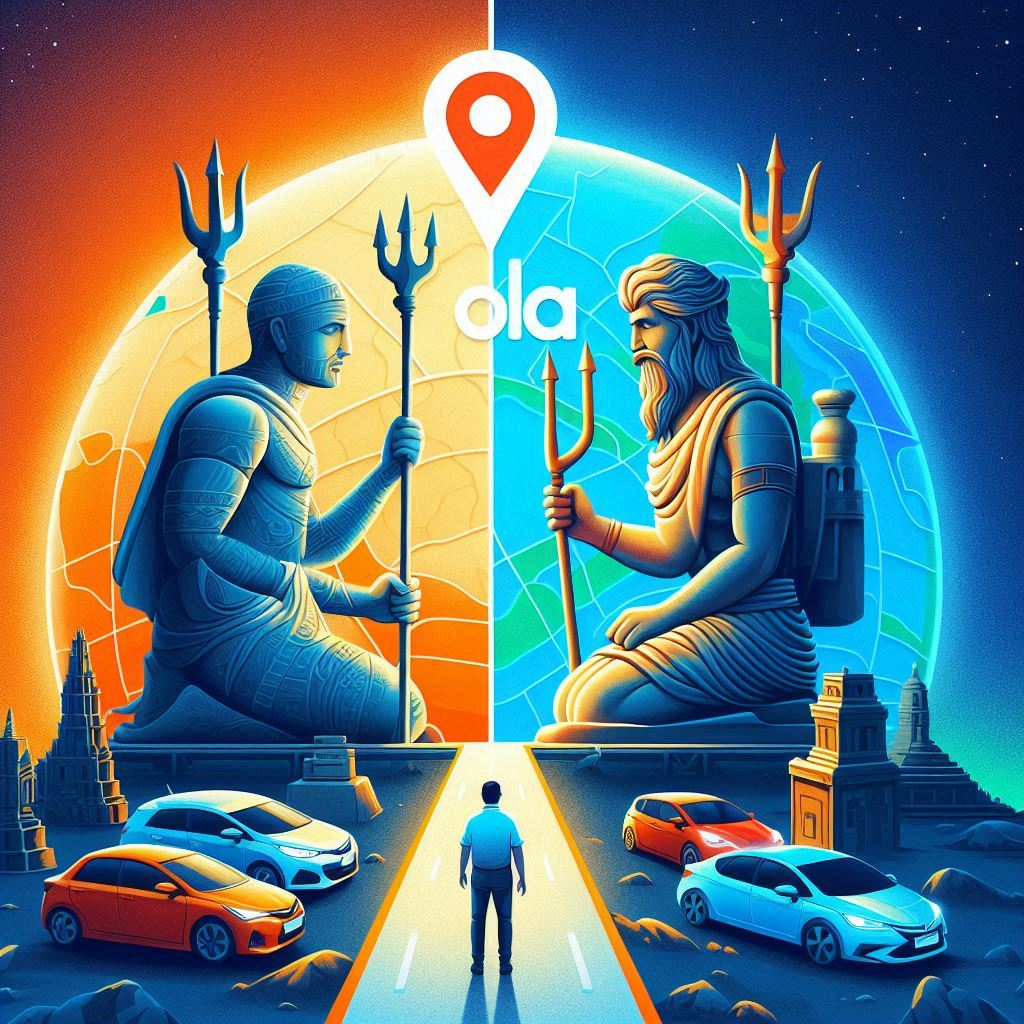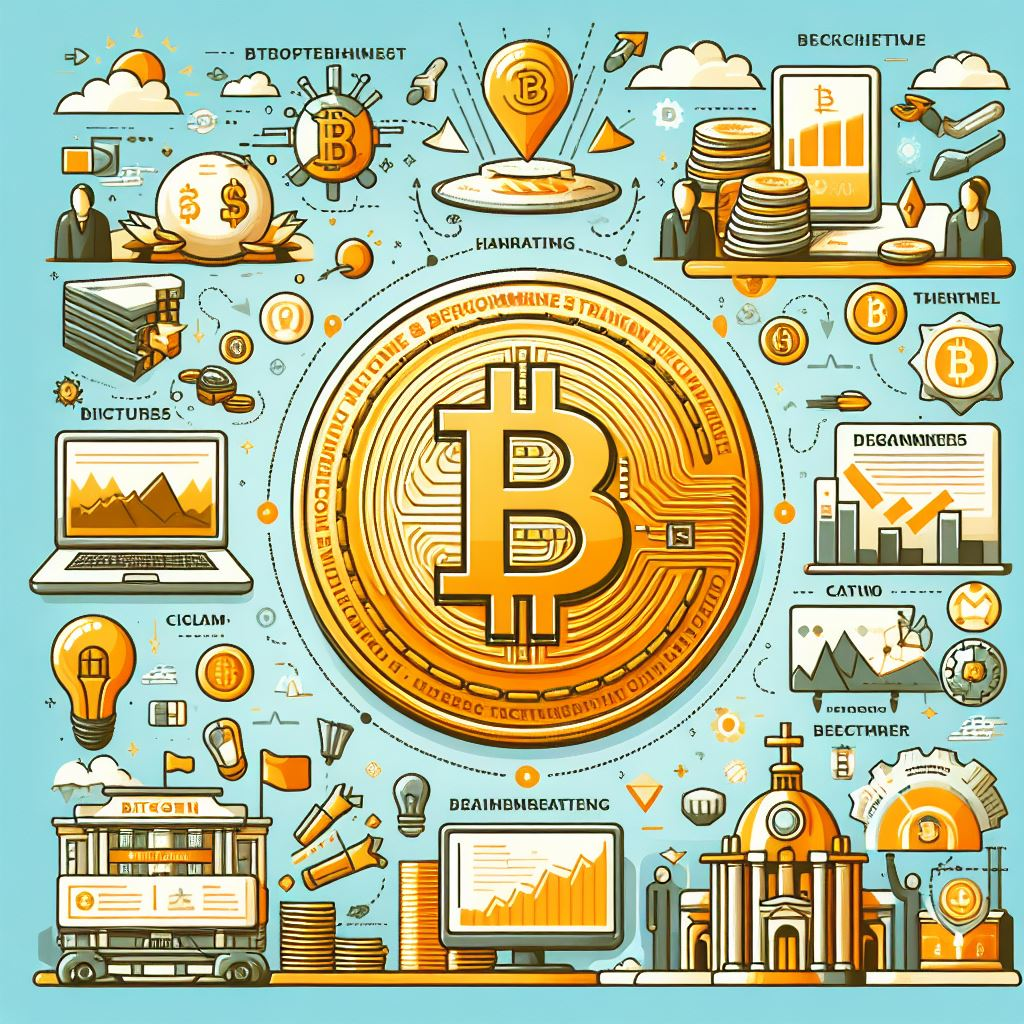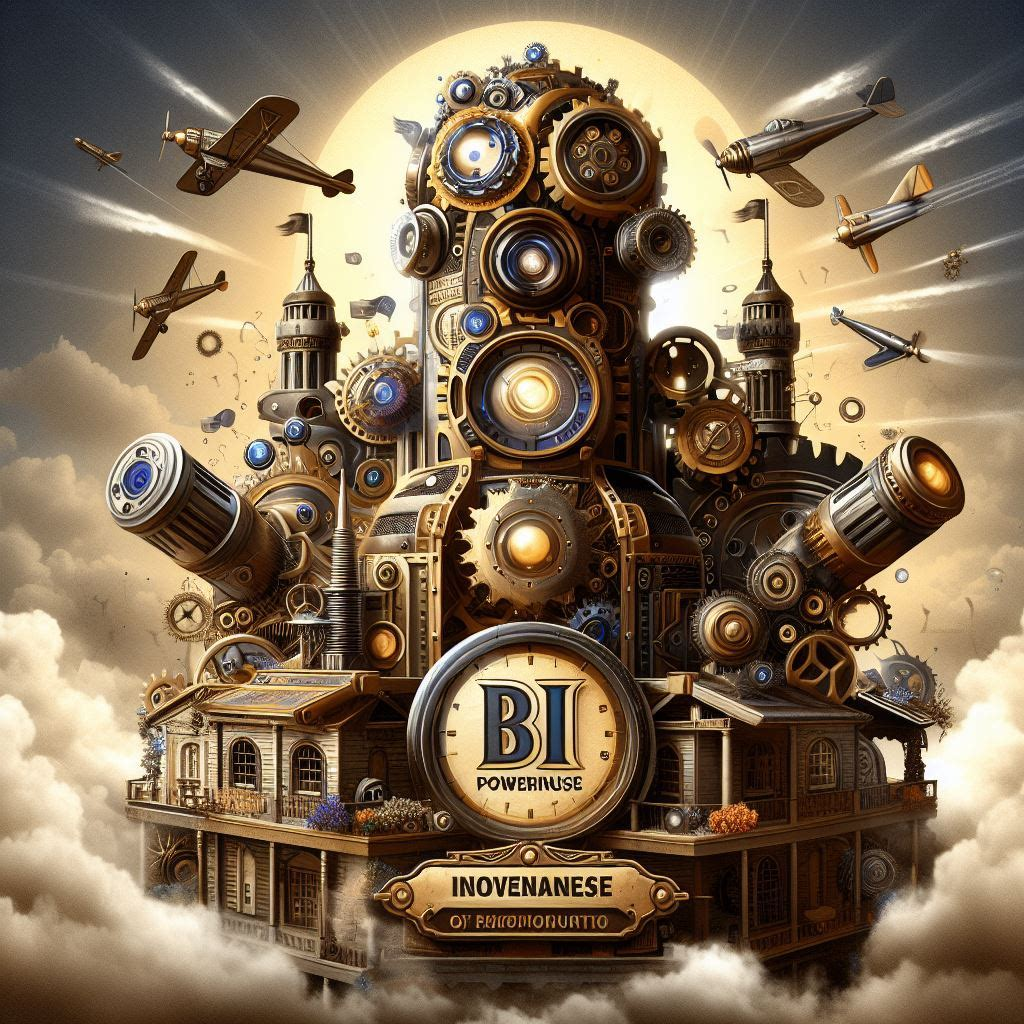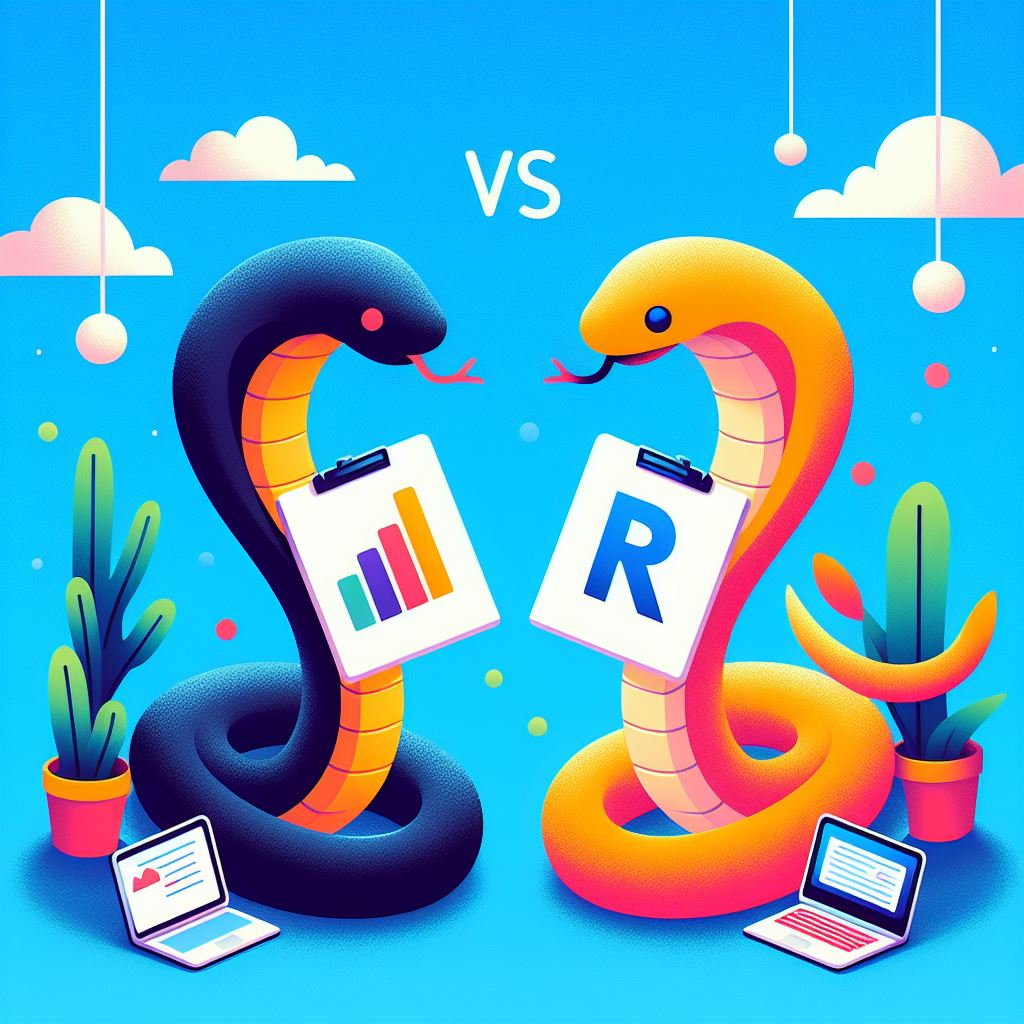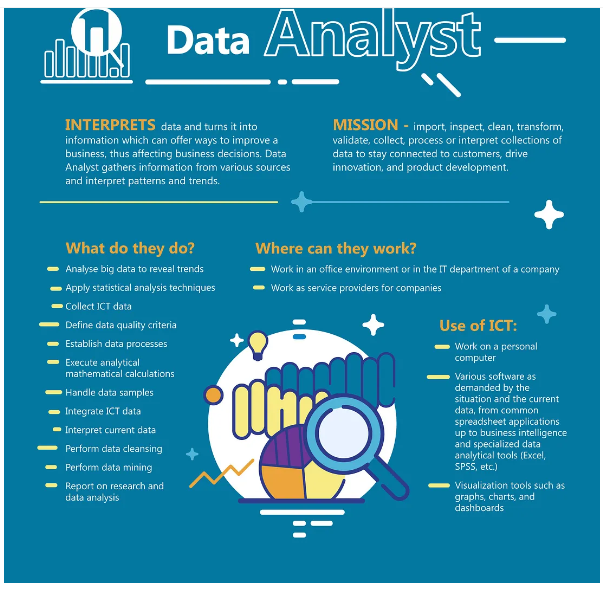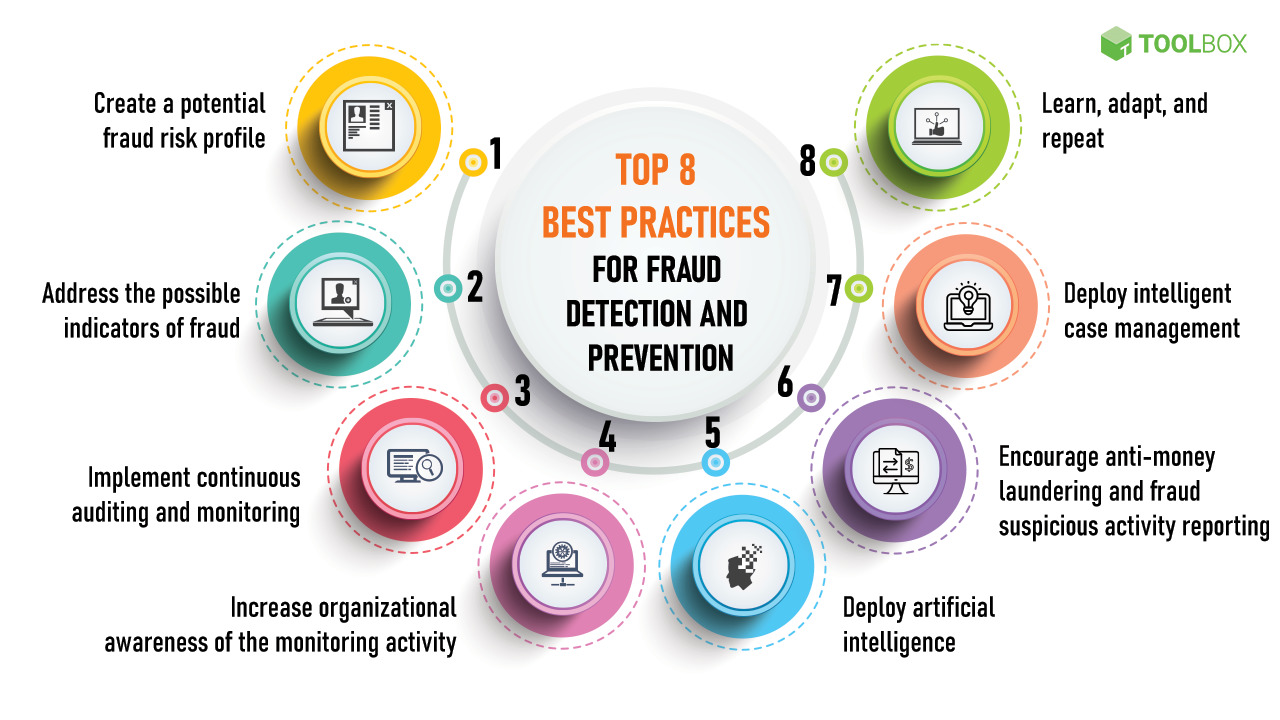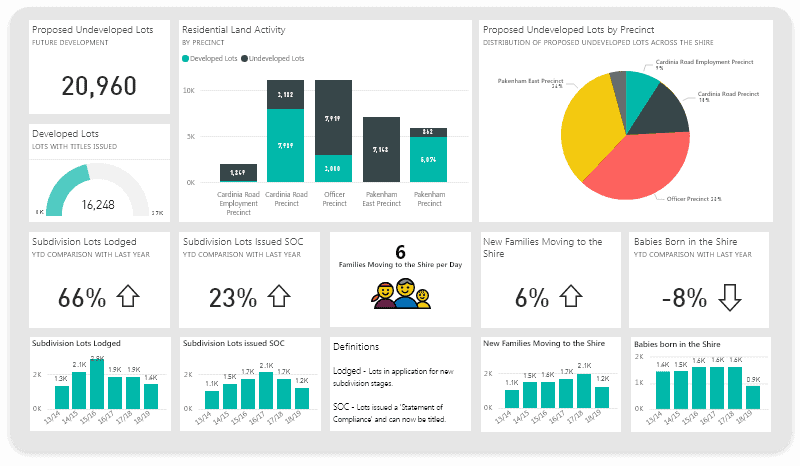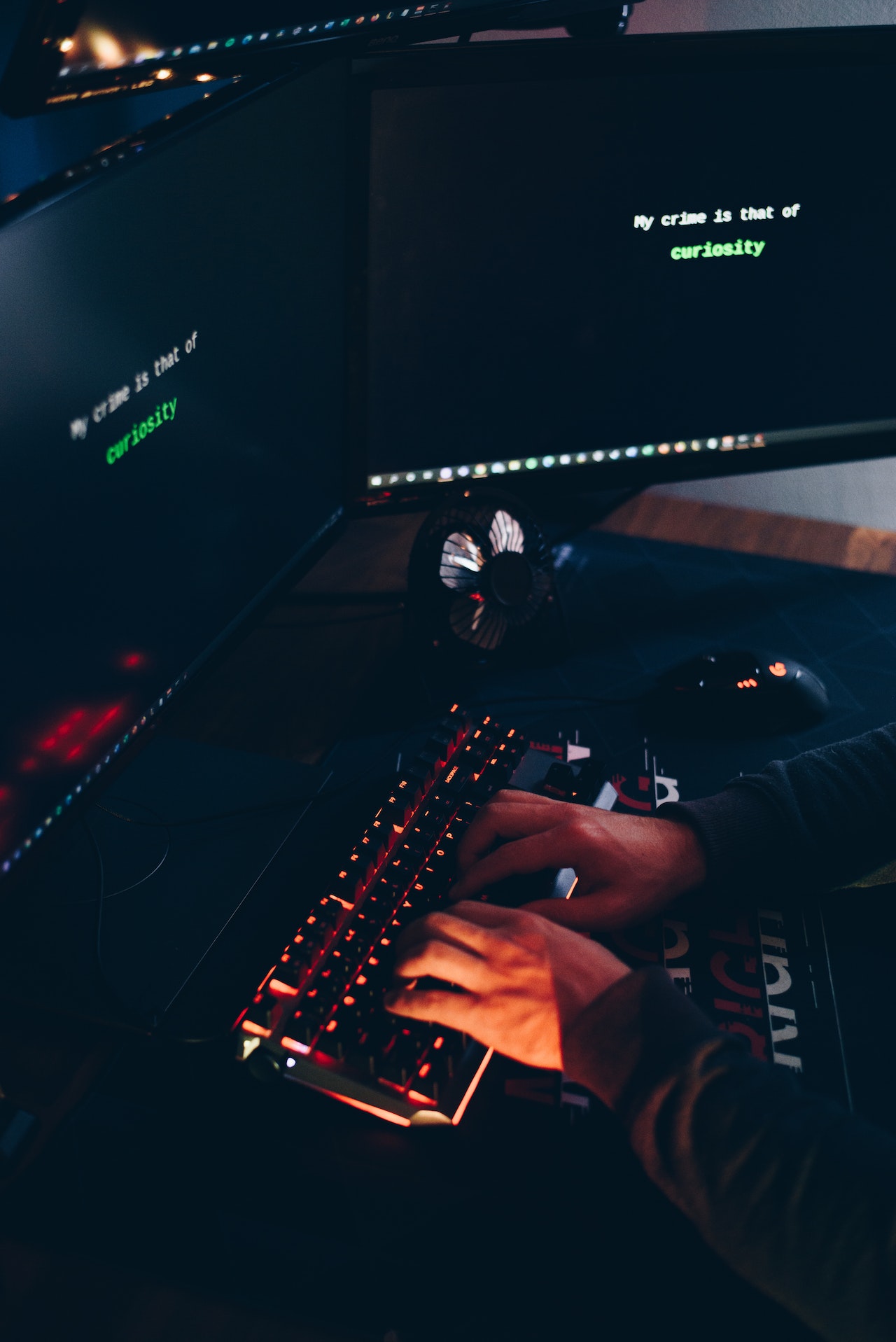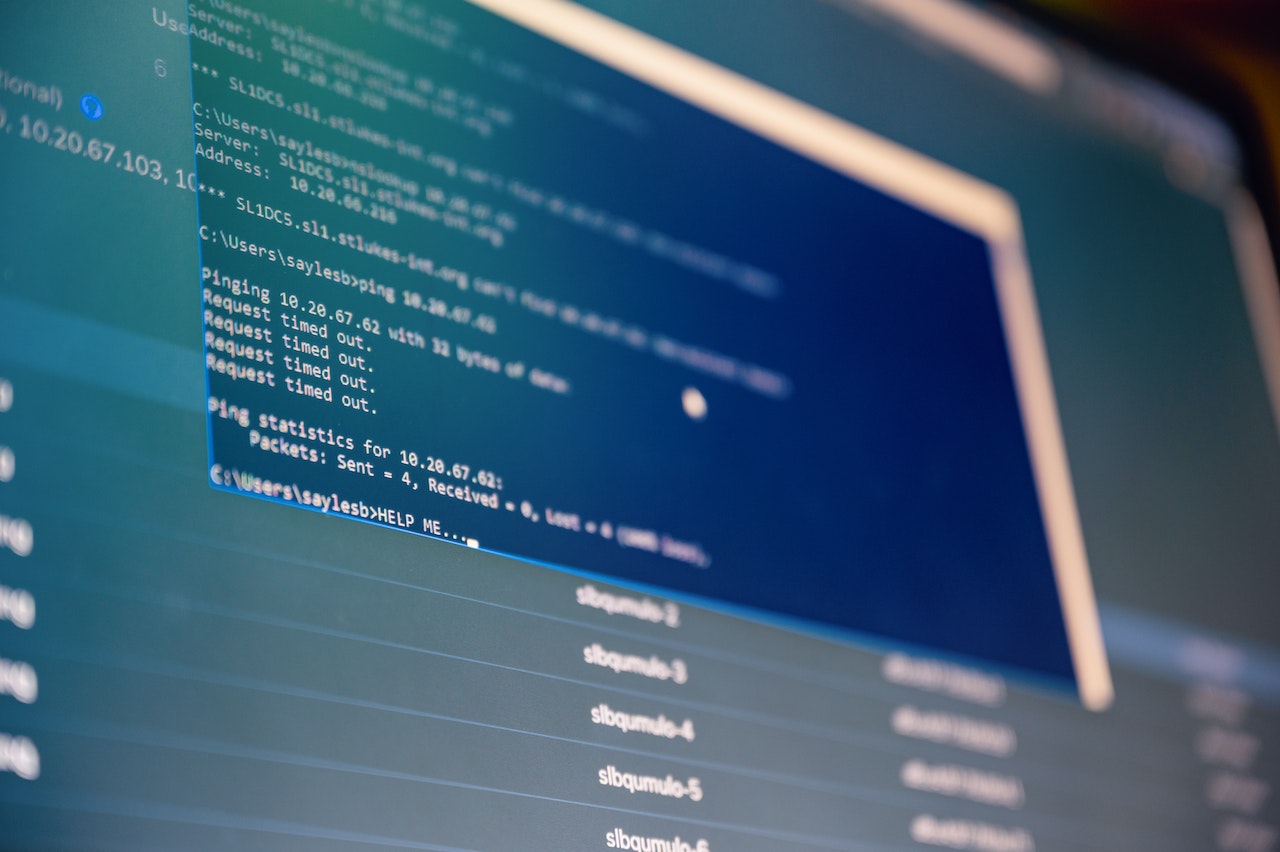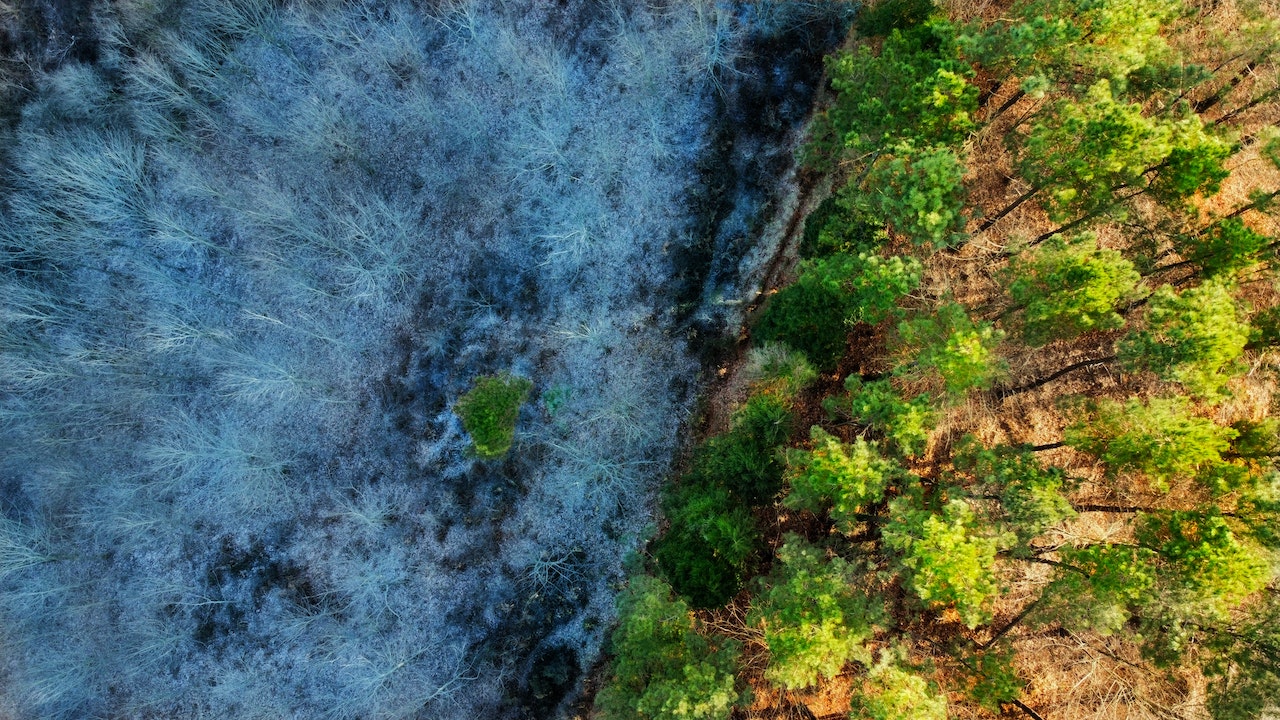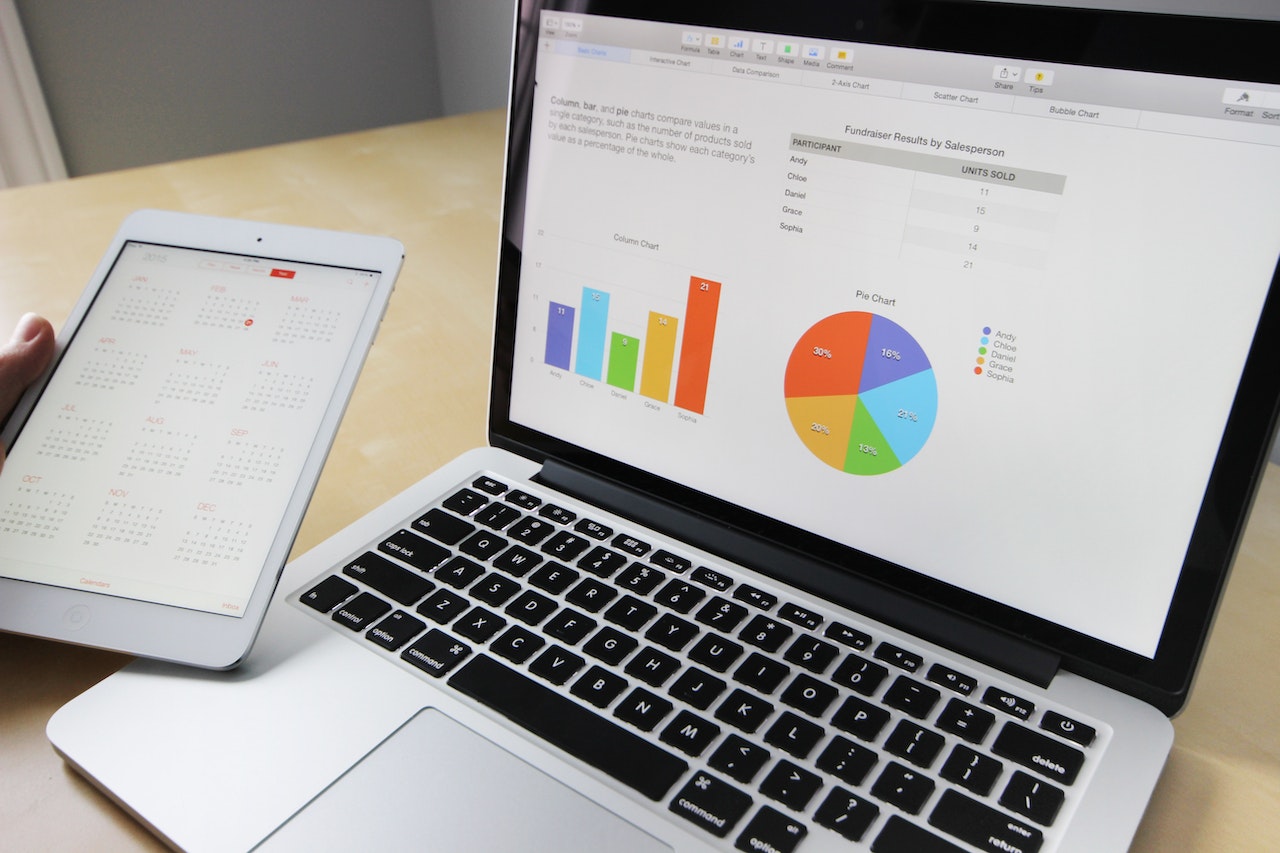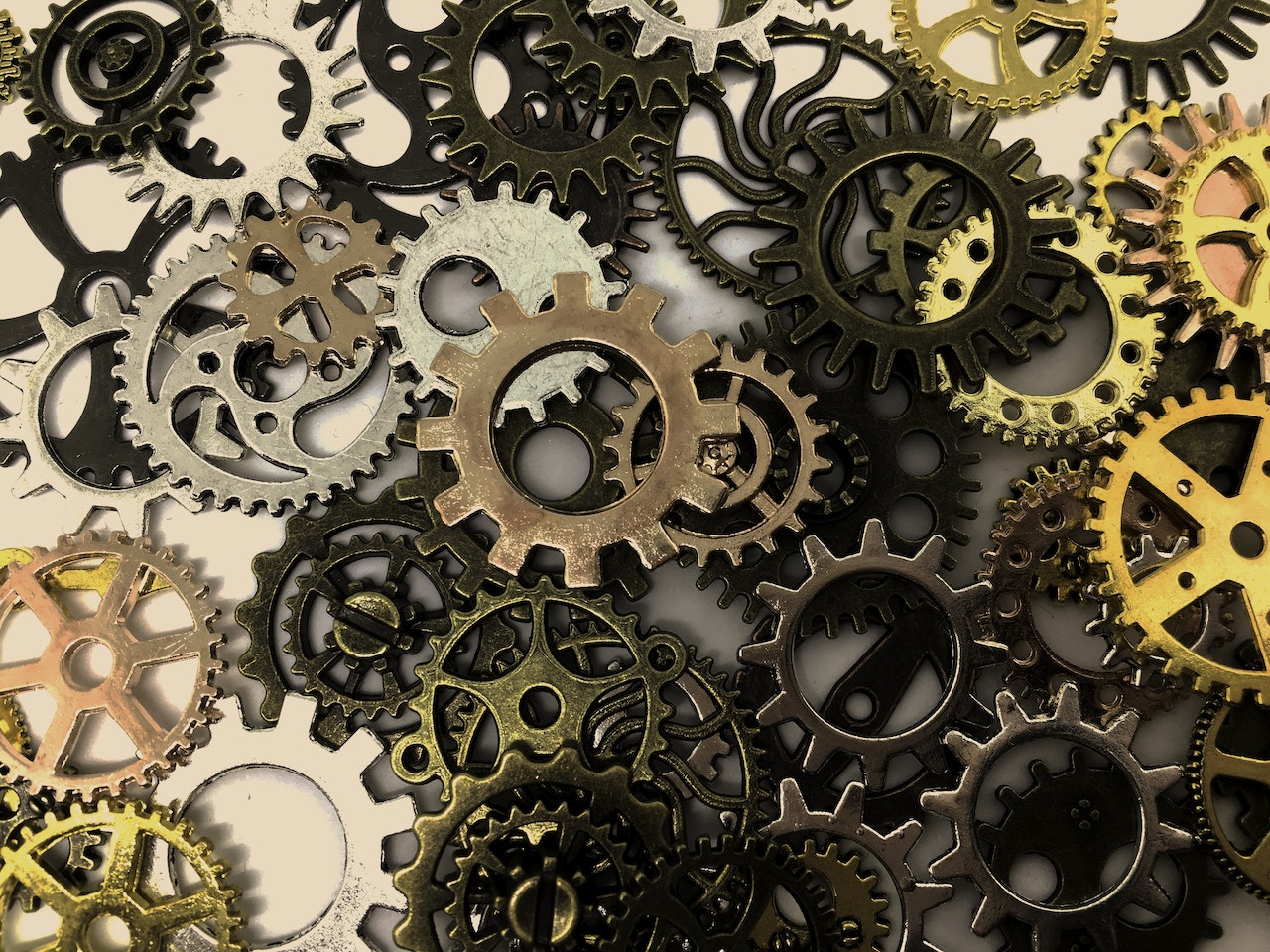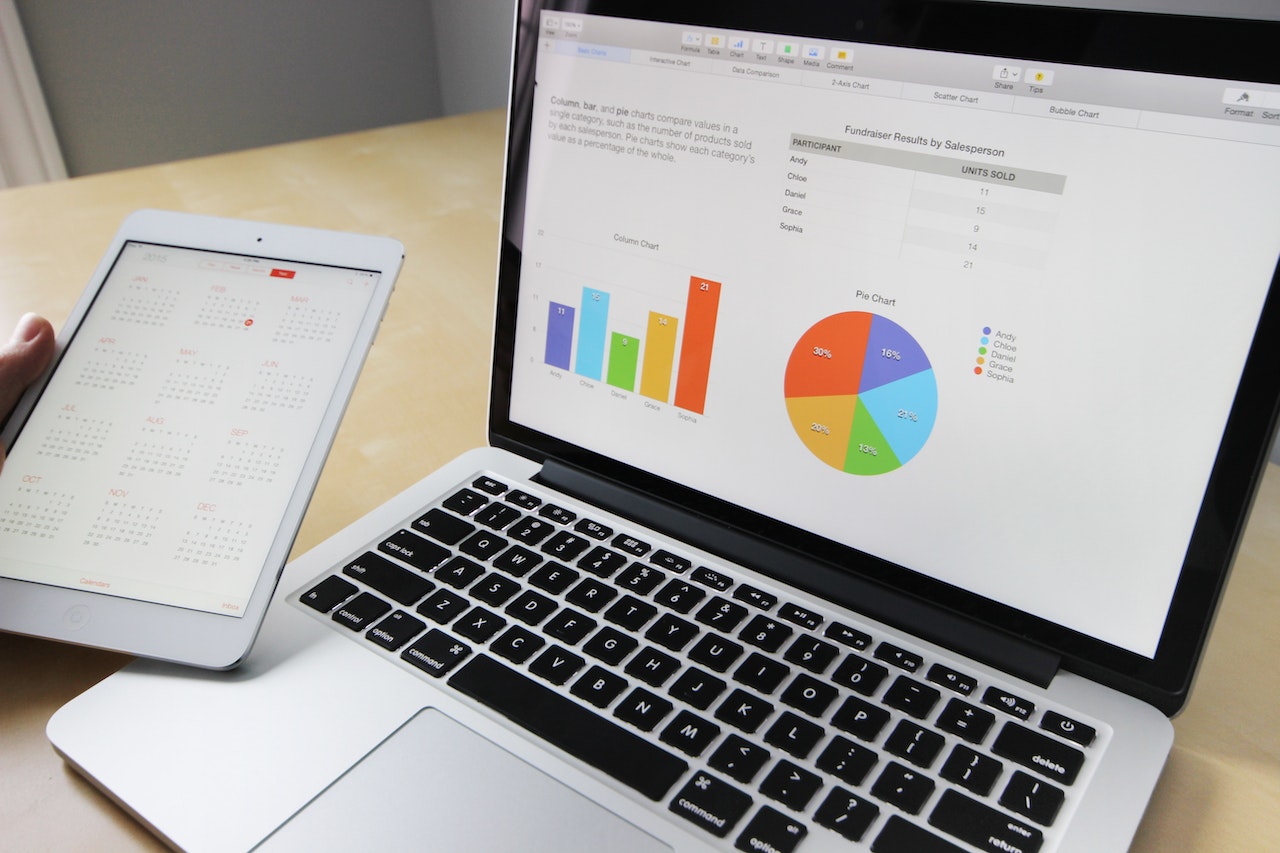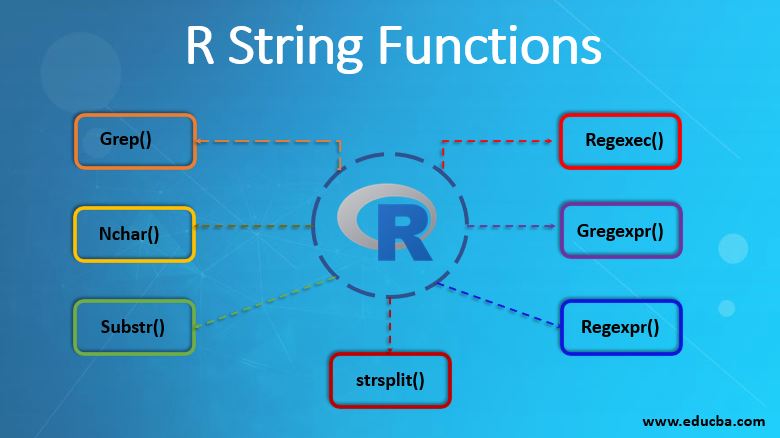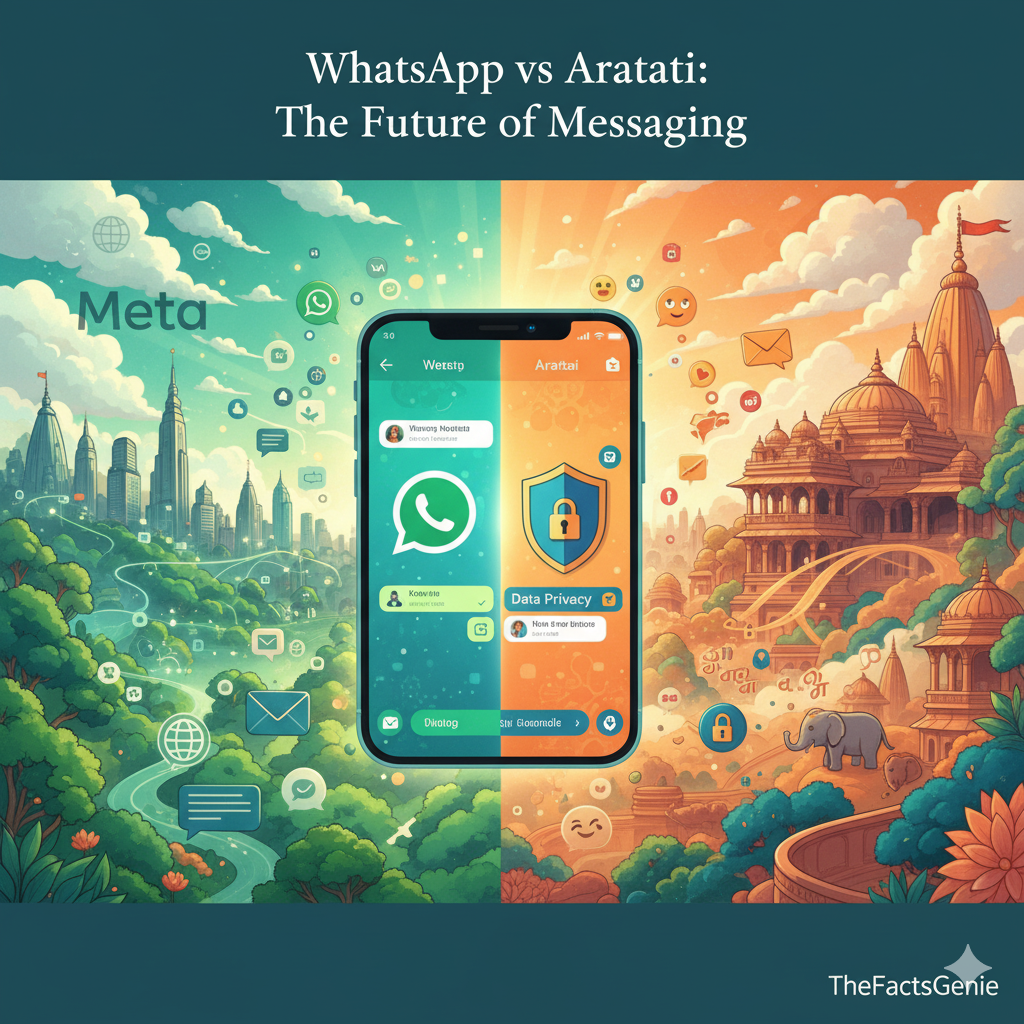
🪔 A Comprehensive Comparison of the Global Giant vs India’s Homegrown Challenger
In today’s hyper-connected world, the way we chat defines the way we live. 💬
And right now, a fascinating digital duel is unfolding in India’s messaging arena — WhatsApp, Meta’s global behemoth with 500 million + Indian users, is being challenged by Arattai, Zoho’s proudly Made-in-India messaging app that promises secure, private, and culturally relevant conversations. 🇮🇳✨
⚡ Introduction: Two Worlds Collide
On one side stands WhatsApp, the universal connector that changed how the world communicates. 🌍
On the other, Arattai (Tamil for “casual chat”) — India’s bold response, designed to keep our data within national borders while offering a simple and safe space for daily conversation.
This isn’t just another “app war.” It’s a story about digital sovereignty, data privacy, and India’s ambition to control its own technological destiny. 🚀
🏛️ Platform Origins & Philosophy
🟢 WhatsApp — The Global Standard
Launched in 2009 and acquired by Meta in 2014 for $19 billion, WhatsApp built its empire on three pillars: simplicity, reliability, and privacy.
It offers end-to-end encryption 🔐, global calling, file sharing, group chats, and business APIs — all ad-free. Despite Meta’s ad-driven ecosystem, WhatsApp has largely retained user trust through seamless performance and consistent upgrades.
🟠 Arattai — India’s Privacy-First Messenger
Built by Zoho Corporation (Chennai), Arattai emerged during the global data-privacy awakening.
Its mission: provide a secure, ad-free, India-hosted platform where conversations never leave national servers. 🇮🇳
It tightly integrates with Zoho’s ecosystem (WorkDrive, Cliq, Mail), offering enterprise-grade protection for both personal and professional use.
| 💡 Feature | 🟠 Arattai | |
|---|---|---|
| Users (2025) | 2.7 B global / 500 M India | ~10 M India |
| Ownership | Meta (USA) | Zoho (India) |
| End-to-End Encryption | ✅ | ✅ |
| Data Storage | Global servers | Within India |
| Ads / Tracking | Limited (usage data shared with Meta) | ❌ No ads, no tracking |
| Business Tools | WhatsApp Business API | Zoho Suite integration |
| UI Design | Global blue-green theme | Simple & light Indian style |
| Monetization Model | Free + Meta ecosystem | Free / Future premium tiers |
| Support for Govt Policies | Global compliance | 100% DPDP Act aligned |
🧠 Why Arattai Matters for India
🇮🇳 Data Localization: Ensures all user data stays on Indian soil, reducing dependency on foreign servers.
🔐 Privacy Assurance: Zoho has a strict no-ad policy — your data is not for sale.
🪔 Digital Sovereignty: Aligns with India’s “Digital Bharat 2030” vision.
🌱 Innovation Opportunity: Encourages Indian developers to create apps tailored to local languages and cultures.
💬 Public Perception & Adoption
While WhatsApp remains India’s default messenger for families and businesses, Arattai is gaining traction among privacy-conscious professionals and government departments.
Endorsements by tech leaders and officials have sparked interest in a “Swadeshi social media ecosystem.”
Yet Arattai’s challenge lies in scale — network effects and habit keep users on WhatsApp.
But as data regulations tighten and cyber awareness rises, its moment may soon arrive. 🌄
🚀 The Future Outlook (2025 and Beyond)
By 2028, Arattai could evolve into a trusted communication layer for schools, businesses, and government entities.
Zoho’s track record in enterprise software and cloud security positions it well to grow beyond a messaging app into a full digital ecosystem.
Meanwhile, WhatsApp continues expanding its business capabilities — payments, AI chatbots, and e-commerce integration — to maintain its dominance.
👉 Bottom Line: WhatsApp wins on reach and features today; Arattai wins on privacy and national trust tomorrow. 🌟
🔗 Official App Links
📲 WhatsApp – Google Play : https://play.google.com/store/apps/details?id=com.whatsapp
📲 WhatsApp – App Store : https://apps.apple.com/in/app/whatsapp-messenger/id310633997
📲 Arattai – Google Play : https://play.google.com/store/apps/details?id=com.aratai.chat
📲 Arattai – App Store : https://apps.apple.com/in/app/arattai-messenger/id1522469944
🌐 Zoho Official Site : https://www.zoho.com/
Arattai (Zoho) — Penetration Projections (2025 → 2030)
Context: Arattai saw explosive downloads and sign-ups in late Sept–Oct 2025 (millions of downloads in days). WhatsApp remains India’s dominant messenger with hundreds of millions of users; projections below model Arattai’s possible penetration of the Indian mobile messaging market under three scenarios.
Key current datapoints (anchor numbers)
-
Arattai downloads / registered accounts (early Oct 2025): ~7.5 million (company reported). The Economic Times
-
Reported daily sign-up spike (late Sept 2025): from ~3,000 → ~350,000/day during surge. India Today
-
WhatsApp India user base (typical estimates 2025): 500–535M+ (widely quoted sources). We use 535M as a conservative WhatsApp-India active-user anchor. Business of Apps+1
Projection methodology (short)
-
Base = Arattai 7.5M (Oct 2025).
-
We model three growth scenarios using compound annual growth rate (CAGR) assumptions reflecting:
-
Conservative: 2× year-over-year growth in early years then plateau (limited network effects).
-
Moderate (base case): strong adoption in 2026–27 due to patriotic / gov support and network effects, then steady growth.
-
Aggressive: viral adoption + enterprise & government integrations (higher CAGR).
-
-
We express penetration as % of Indian messaging users (using 535M WhatsApp-active anchor) and as absolute Arattai users (MAU approx).
-
Projections are illustrative — not guarantees. See Risks & Assumptions below.
Projection Table — Arattai Registered / Active Users (Millions) & Penetration of Indian messaging market
| Year | Conservative users (M) | Conservative % of 535M | Moderate users (M) | Moderate % | Aggressive users (M) | Aggressive % |
|---|---|---|---|---|---|---|
| 2025 (Oct) | 7.5 (actual) | 1.4% | 7.5 (actual) | 1.4% | 7.5 (actual) | 1.4% |
| 2026 | 20 | 3.7% | 45 | 8.4% | 100 | 18.7% |
| 2027 | 35 | 6.5% | 120 | 22.4% | 260 | 48.6% |
| 2028 | 45 | 8.4% | 180 | 33.6% | 420 | 78.5% |
| 2029 | 50 | 9.3% | 220 | 41.1% | 480 | 89.7% |
| 2030 | 55 | 10.3% | 260 | 48.6% | 500* | 93.5% |
*Aggressive caps at ~500M as upper practical ceiling (near full capture of messaging users) — unrealistic but shown as extreme upper bound.
Interpretation (brief)
-
Conservative scenario assumes Arattai becomes a niche but meaningful Indian alternative (≈8–10% penetration by 2030).
-
Moderate (base-case) envisions Arattai achieving ~20–50% share by 2027–2030 if it retains users, adds end-to-end encryption, and wins enterprise/government contracts.
-
Aggressive is an optimistic viral/enterprise adoption case (network effects + government endorsement + WhatsApp friction) — likely unrealistic but shows an upper bound.
Drivers that could accelerate adoption
-
Data-localization / regulation: stronger enforcement of DPDP / localization may favor Indian-hosted apps. mint
-
Govt / public-sector adoption (official use in departments, schools) → fast MAU growth.
-
Integration with Zoho ecosystem (WorkDrive, Cliq, Mail) → enterprise uptake. mint
-
Patriotic / “Make in India” momentum and prominent endorsements drove the Sept–Oct 2025 surge. The Times of India+1
Risks / headwinds (could lower growth)
-
Network effects strong for WhatsApp: users won’t switch unless contacts follow.
-
Missing critical features (e.g., robust end-to-end encryption initially reported as pending) can slow mass adoption and raise trust concerns. Moneycontrol+1
-
Operational scaling problems (OTP delays, server scaling) during surges can harm reputation — Zoho reported addressing such issues during spike. The Times of India
-
WhatsApp countermeasures (feature parity, incentives) or new entrants may blunt gains.
-
User inertia & multi-app habits — many users tolerate WhatsApp for reach.
Suggested Signals to Watch (leading indicators)
-
DAU/MAU trend announced by Zoho or credible leaks.
-
Daily sign-ups sustained beyond the initial surge (compare 3k → 350k spike). India Today
-
Feature parity milestones (E2E encryption rollout, multi-device, payment integration). Moneycontrol
-
Government / enterprise contracts or school adoption announcements.
-
Retention rates (7-day, 30-day retention) — the best predictor of long-term penetration.
Practical takeaway / tactical guidance
-
If you’re an investor or product leader: Watch retention & enterprise integrations; seek signals of sustained DAU growth rather than one-time surge.
-
If you’re a developer or marketer: Build bridge features (import contacts, chat export), prioritize encryption and reliability — those are adoption shortcuts.
-
If you’re a user: Evaluate Arattai for privacy & local hosting, but keep WhatsApp for reach until network effects shift.
Sources (selected, most load-bearing)
-
Economic Times — Arattai hits 7.5 million downloads. The Economic Times
-
India Today — daily sign-ups surge from ~3,000 → 350,000/day in the spike. India Today
-
Times of India / Livemint coverage of Arattai surge and features. The Times of India+1
-
Reporting on missing E2E encryption concerns (Moneycontrol / Financial Express). Moneycontrol+1
-
WhatsApp global & India user base summaries (Business of Apps / Backlinko). Business of Apps+1
🏁 Final Verdict
If you want global connectivity 🌍 and business reach, WhatsApp remains unbeatable.
If you prioritize data security, privacy, and Indian ownership, Arattai is the future-ready choice. 🇮🇳💪
Together, they represent the two paths of modern communication — global scale vs local sovereignty.
⚠️ Disclaimer & Caution Notice
This projection is an evidence-informed scenario model based on publicly reported download/sign-up figures (Oct 2025) and widely cited WhatsApp user estimates. It is illustrative and not a guarantee of future results. Real outcomes will vary with product execution, regulation, competition, and user behavior. Consult primary sources and company disclosures for decisions.
⚠️ The information presented in this comparative guide, “WhatsApp vs Arattai: The Ultimate Battle for India’s Messaging Future,” is intended solely for educational, analytical, and illustrative purposes. It reflects publicly available data, expert commentary, and market trends as observed up to October 2025. This publication is not affiliated with, endorsed by, or representative of Meta Platforms, Inc. (WhatsApp) or Zoho Corporation (Arattai).
Important Points to Consider
1. Educational and Analytical Intent Only:
This article aims to provide a balanced understanding of messaging app ecosystems, market penetration, and user adoption patterns in India. It should not be interpreted as investment, legal, business, or technological advice.
2. Subject to Rapid Change:
The Indian digital communication landscape evolves rapidly. Market positions, regulatory policies (including data localization laws), and feature rollouts may have changed since publication. Readers are encouraged to verify current statistics and feature sets directly from official sources or app updates.
3. Publicly Available Information:
All facts, figures, and predictions are derived from open sources, public statements, and media reports available at the time of writing. No confidential or insider information has been used.
4. Estimates and Projections:
Any market share, adoption, or growth forecasts presented are illustrative projections based on public data models and should not be interpreted as definitive outcomes. Real-world results will depend on user behavior, network effects, competition, and government policy.
5. No Affiliation or Endorsement:
The author and publisher are not affiliated with Meta or Zoho, nor do they claim any endorsement or sponsorship. Product names, logos, and trademarks remain the property of their respective owners.
6. Not Financial or Business Advice:
Nothing in this document should be construed as a recommendation to invest in, promote, or commercially associate with either platform. Readers are advised to conduct independent market research and seek professional counsel before making strategic decisions.
7. Ethical and Responsible Technology Use:
Messaging platforms handle sensitive user data and communications. Readers are encouraged to adopt responsible digital practices—respecting privacy, consent, and security—while using or evaluating any platform.
8. Contextual Relevance:
Interpret all information within the socio-technological context of India in 2025, considering that subsequent years may bring new entrants, updated features, or policy shifts that alter the competitive landscape.
9. User Responsibility:
Readers should exercise due diligence before switching messaging platforms, sharing data, or engaging in beta programs. Individual user experience may vary based on device type, region, and network conditions.
10. Copyright and Ownership:
All brand names and app trademarks, including WhatsApp and Arattai, are the intellectual property of their respective companies. This publication is for commentary and educational purposes under fair use.
11.Not Endorsed or Guaranteed:
The author, publisher, and any associates/team at www.TheFactsGenie.com do not guarantee specific results/outcomes/opinions/any actions and disclaim all responsibility for decisions or consequences arising from the use of information provided herein.
In summary:
This analysis is designed to inform, not influence, your perspective on India’s messaging app ecosystem. Always verify the most recent data, maintain digital privacy awareness, and evaluate each platform based on your personal communication needs.





